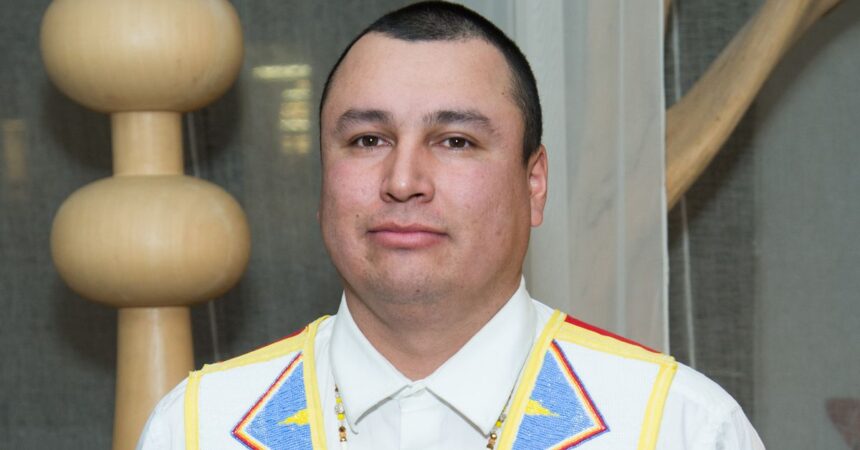A coalition of 14 tribes received $135,580,000 for solar energy, part of a Biden administration program to help more households run on renewable energy. The Mandan, Hidatsa and Arikara (MHA) Nation, which is leading the coalition, says the funding will bring jobs to their communities and make electricity more affordable.
The Environmental Protection Agency announced $7 billion in “Solar for All” grants yesterday for 60 awardees, including the MHA Nation. The money, which comes from the Inflation Reduction Act, is supposed to bring residential solar systems to some 900,000 “low-income and disadvantaged” households. Six of the grants, totaling $500 million, are going to tribes.
Funding for the MHA Nation is expected to bring solar energy to 8,500 homes across the 14 tribes. It’s also expected to create “hundreds” of jobs, with a focus on developing a renewable energy workforce within tribal communities.
“Who knows our communities better than us, right?”
There’s no single formula for how these projects will roll out in each community. It’ll be up to each tribe to decide what’s best for them. The most important thing is that each project is Native-led, ensuring that the jobs, skills, and other benefits of each program stay local.
“Who knows our communities better than us, right?” J. Garret Renville, tribal chairman of the Sisseton Wahpeton Oyate Nation, said in a press briefing yesterday. “If we can empower five to 10 contractors out there within our own tribal communities, now we’re starting to feed into our own economy.”
The MHA Nation grant will support projects spread across North Dakota, South Dakota, Montana, Wisconsin, and Wyoming — encompassing regions in the US that produce a lot of oil and gas. “The Menominee Indian Tribe of Wisconsin’s land is in a fossil fuel-rich region, and the pressure to tap those resources has been strong for as long as I can remember,” said Ron Corn, an advisory board member for the nonprofit Indigenized Energy and a member of the Menominee Tribe.
Those energy resources don’t necessarily benefit tribes, however. Energy security — access to reliable and affordable electricity — is still a significant challenge. More than 54,000 people lack electricity in their homes on tribal lands, according to a 2022 Department of Energy survey. Those connected to the power grid often have to pay higher rates for electricity than residents outside reservations, according to Cody Two Bears. Two Bears is a member of the Standing Rock Sioux Nation and executive director of Indigenized Energy, which he founded in the wake of protests to stop the Dakota Access Pipeline.
Indigenized Energy, which works with tribes to develop sustainable energy systems, will manage the $135,580,000 grant and lead projects alongside tribes including:
- Mandan, Hidatsa and Arikara (MHA) – Fort Berthold Reservation
- Sisseton Wahpeton Oyate Nation
- Menominee Indian Tribe of Wisconsin
- Turtle Mountain Band of Chippewa Indians
- Spirit Lake Nation
- RoseBud Sioux Tribe
- Yankton Sioux Tribe
- Oglala Sioux Tribe
- Flandreau Santee Sioux Tribe
- Northern Cheyenne
- Chippewa Cree-Rocky Boy
- Assiniboine and Sioux Tribes of Fort Peck
- Blackfeet Nation
- Northern Arapaho Tribe of Wyoming
“The more we keep it Native-led and the more we get our own membership and our own people and these reservations involved, the more successful we’re going to be moving forward to making sure that our next seven generations of our tribes are taken care of,” Cody Two Bears said on the call.

